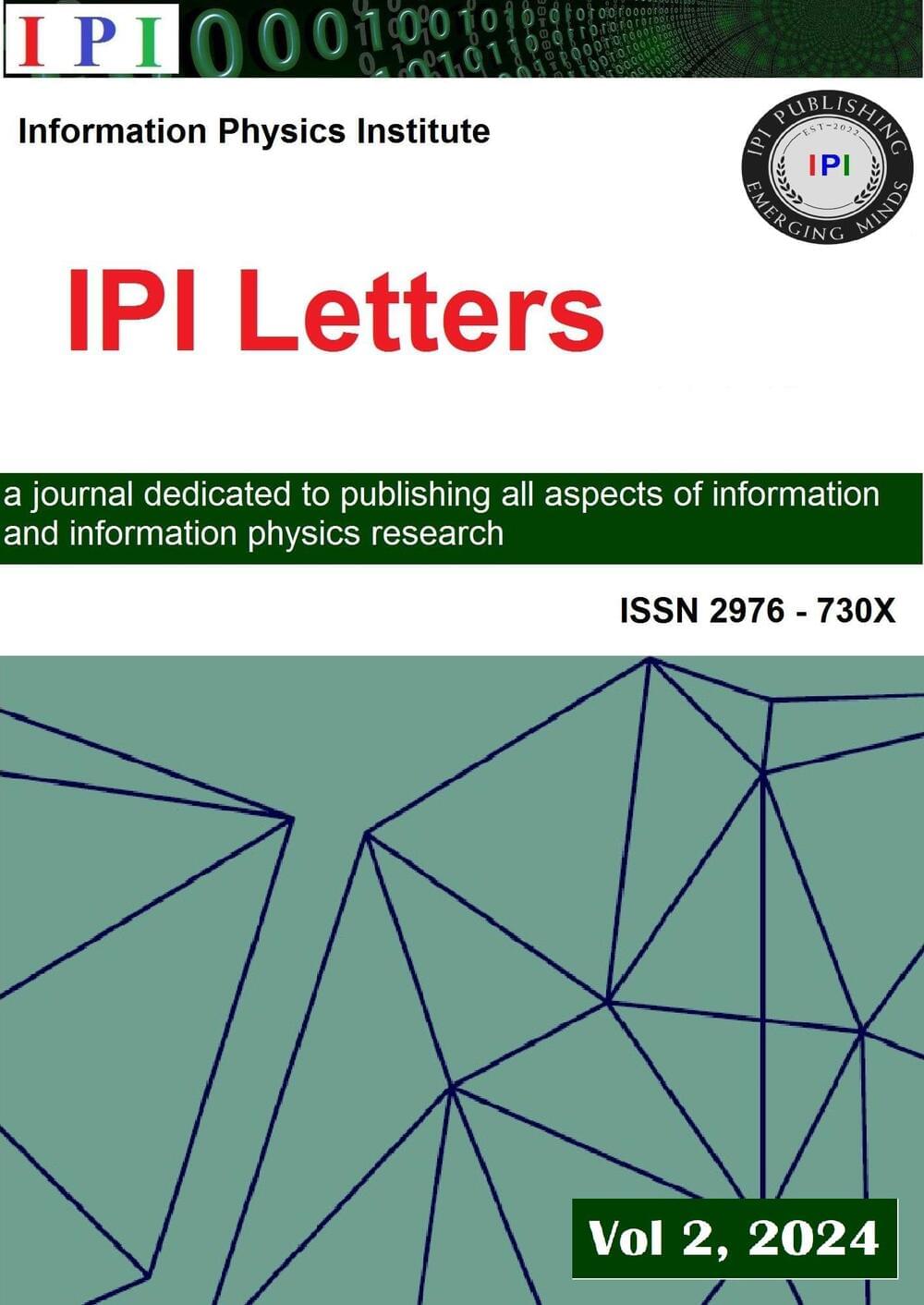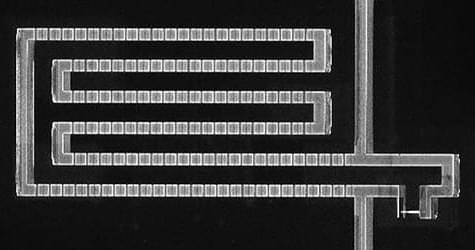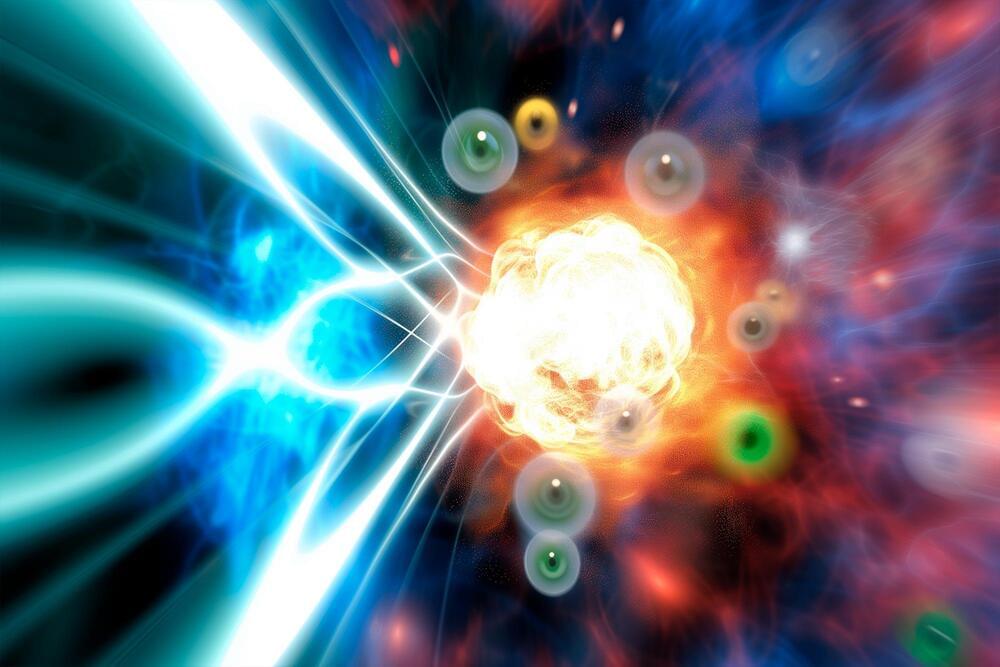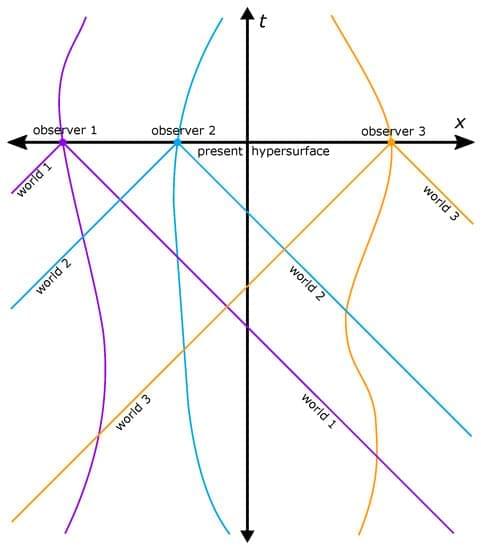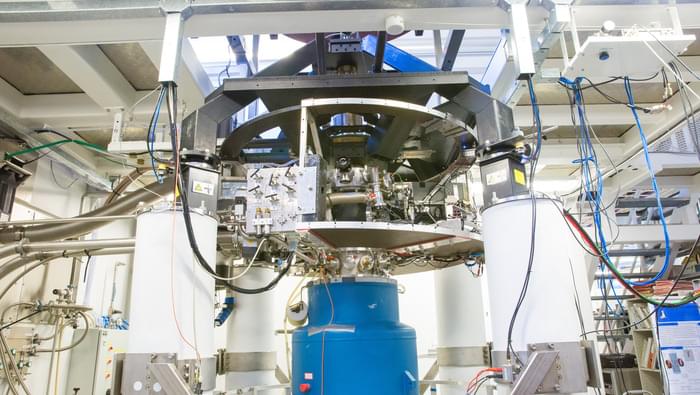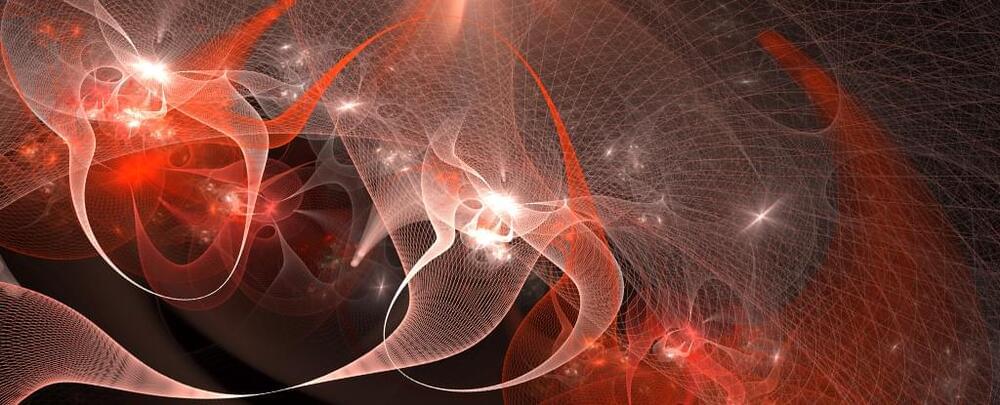In this article, we argue that we can explain quantum stabilization of Morris-Thorne traversable wormholes through quantum mechanics. We suggest that the utilization of dark matter and dark energy, conceptualized as negative mass and negative energy tied to the universe’s information content, can stabilize these wormholes. This approach diverges from the original Morris-Thorne model by incorporating quantum effects, offering a credible and adequate source of the exotic matter needed to prevent wormhole collapse. We reassess the wormholes’ stability and information content considering the new calculated revised vacuum energy based on the mass of bit of information. This new calculation makes the wormholes more viable within our universe’s limits.
